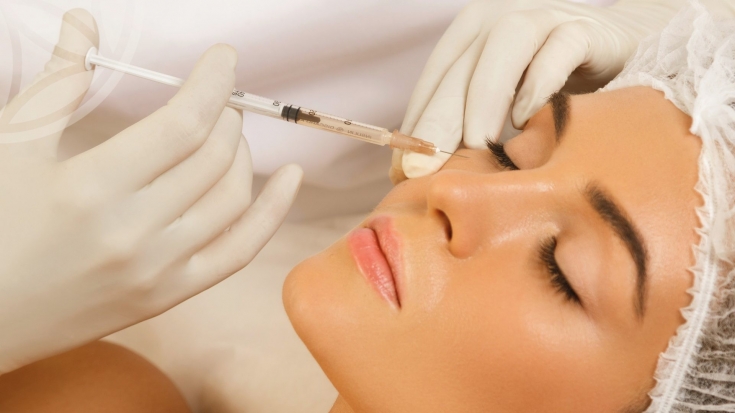One of the reasons why the doctor decides to use fillers in the area under the eyes is the pronounced depression of the palpebromalar zone. It manifests itself due to the fact that with age the skin becomes insufficiently elastic, fatty tissue is depleted and gradually shifts downward,
resorption of bone tissue occurs, weakening of the ligaments. All of them cause the formation of the so-called tired face. To smooth out the severity of the furrows under the eyes, there are many injection techniques and drugs. They are quite safe and effective. However, recalls estet-portal.com, when working with the periorbital zone, it is important to remember the risks of injection interventions in order to ensure the safety of patients.
Under-eye area: Areas of attention for corrective fillers
Numerous studies and observations have shown that the increase in severity and deepening of the lacrimal and palpebromalar grooves is mainly due to age-related depletion of the skin and adipose tissue. The infraorbital fat pad that covers the bony lower edge of the eye orbit is hidden by the orbital part of the orbicularis oculi muscle. With its protrusion, paint bags are formed and wrinkles under the eyes are aggravated. The area under the eyes is very delicate, so you need to carefully administer any drugs.
The safest place to inject corrective drugs to soften the severity of the palpebromalar groove – it is the infraorbital fat between bone and muscle.
If fillers are injected subcutaneously or intradermally, there is a high risk of their contouring and the appearance of skin bumps. Superficial injection of fillers, where there is a stabilized hyaluronic acid, increases not only the likelihood of the Tyndall effect, but also the risk of persistent severe swelling. This is due to the hydrophilicity of hyaluronic acid, and also due to a possible violation of lymphatic drainage.
The area under the eyes: where special attention is required for injectable fillers
• High Risk Point – in the area of the lacrimal sulcus, 1 cm from the medial angle of the eye. The blood vessels supplying the eye and providing venous outflow deep into the brain are concentrated here.
• Danger zone – a point on the mid-pupillary line, located 7-10 mm down from the edge of the orbit. Here comes the infraorbital bundle of nerves and blood vessels. It is hidden deep in the fiber, and it is not difficult to bypass it with careful selection of injection points.
• Risk zone – a point located 5-7 mm laterally from the inferior outer orbital margin. Here the zygomaticofacial nerve is projected. You can clarify the location of the point by palpation: this is a bone hole, when you press it, the patient experiences a painful sensation.
Risk points for injecting fillers should be remembered at the time of choosing injection points – when injecting with a needle, and also when you make an inlet to it for further cannula work. It is at this moment that there is a high risk of getting a needle into the nerves or blood vessels.
A high concentration of vascular plexuses and nerve endings in the area under the orbit gives reason to recommend using cannula for work here. Its blunt tip pushes tissues apart and significantly reduces the risk of injury to nerves and blood vessels.

Under-eye area: the importance of correct patient selection for correction
The quality of the aesthetic correction of the under-eye area is influenced by the competent choice of injection technique and the correct selection of patients.
The following factors influence the success of the procedure.
• Mimic hyperactivity of the periorbital zone. If the protrusion of the intraorbital adipose tissue increases in a patient when looking up and down, then the muscles here are hyperactive. Even an absolutely correctly inserted filler may then shift and be visualized.
• A significant difference in the condition of the skin on the cheeks and under the eyes. Before proceeding with the correction of furrows with fillers, it is necessary to conduct a restorative course of mesotherapy with preparations based on hyaluronic acid in order to strengthen the skin of the lower eyelid.
People with a tendency to puffiness in the lower eyelids and under the eyes are at risk for the correction of lacrimal and palpebromalar grooves with fillers. But with a small amount of filler injected and careful observance of the technical aspects of the procedure, post-procedural swelling can be minimized. Read also:
Painless filler correction: myth or reality






Add a comment